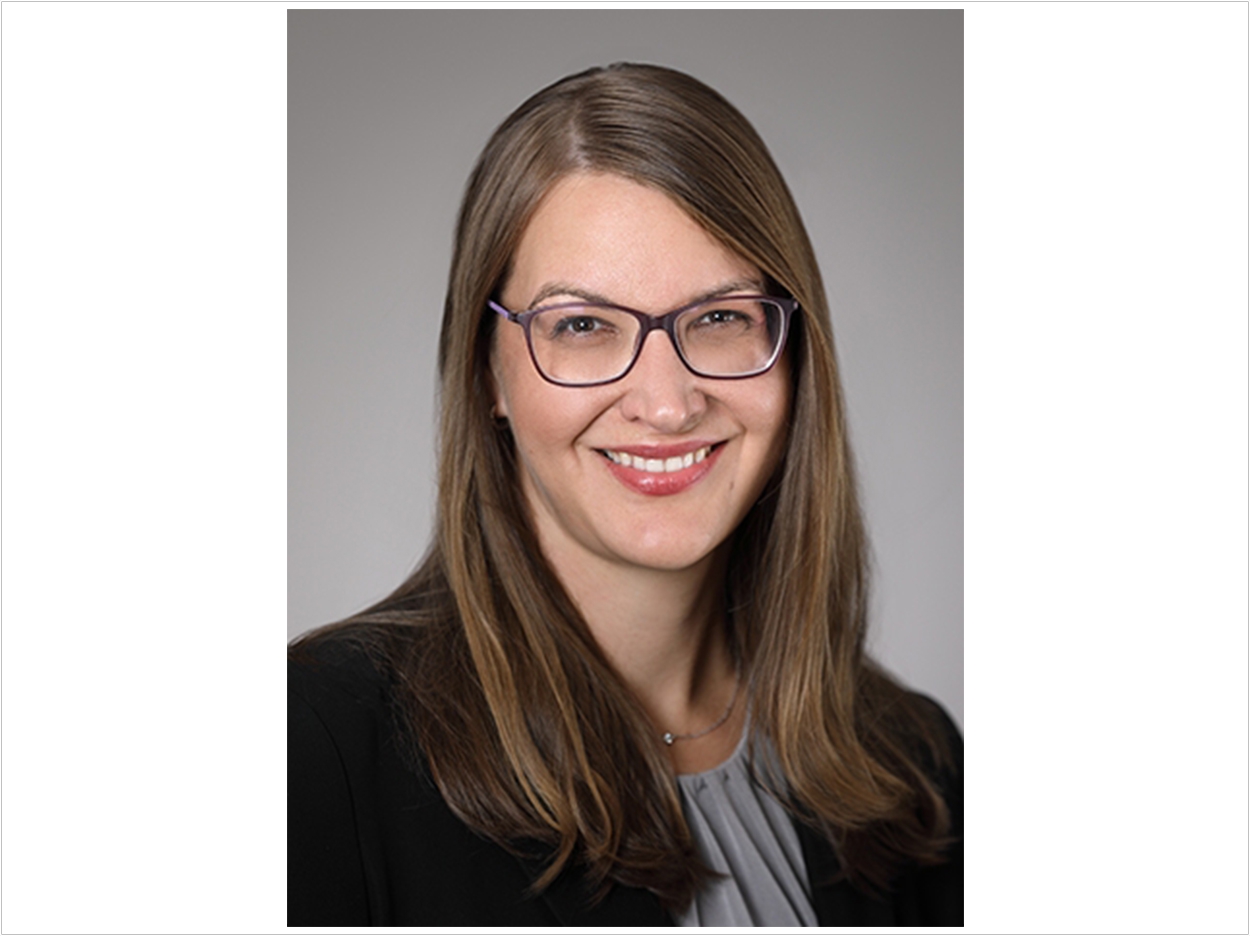
Jacqueline Mays, DDS, MHSc, PhD, of the National Institute of Dental and Craniofacial Research (NIDCR) is leading research into a disease that affects the oral cavities of patients who have received bone marrow or blood stem cell transplants to treat blood cancers and sickle cell disease.
More than half of these transplant recipients develop chronic graft-versus-host disease (GVHD), where new immune cells from the transplant recognize the patient’s tissues as foreign and attack them. While chronic GHVD can occur in multiple organs, the salivary glands and mucous lining of the mouth are affected in 40% to 80% of cases.
“The big mystery for our laboratory is ‘Why is the mouth so frequently targeted by this disease?’” said Mays, who recently became the first dentist with the National Institutes of Health to earn tenure-track status as a Lasker Clinical Research Scholar.
The program supports a small number of exceptional, early career clinician-scientists to promote their development to fully independent investigators, NIDCR said. Mays leads a clinical program at NIDCR to better understand how oral GVHD develops.
Patients with oral GVHD often have oral ulcers, lace-like oral lesions, difficulty opening their mouths, and salivary gland damage, which can cause dry mouth. These symptoms can make eating and oral care difficult and increase the risks of tooth decay and oral infection.
“Often, our patients face a new normal after transplant,” said Mays. “We help them adjust, give them the tools to take care of their mouths, and, in some cases, treat their chronic GVHD.”
Healthcare providers currently rely heavily on steroids to alleviate GVHD symptoms, but long-term use can cause hormone imbalances and joint problems. One of Mays’ goals is to find more effective ways to treat the condition.
“If we can figure out what triggers the immune activation within the oral cavity, it might give us some clues as to how to prevent this type of immune response,” said Mays.
Mays and her colleagues collect oral tissue samples from patients before and after transplants to characterize the immune-related changes that occur in oral GVHD. Understanding the immune pathways that initiate the disease could help Mays’ group identify diagnostic markers and drug targets, NIDCR said.
Recently, the researchers found that oral chronic GVHD patients had reduced levels of a protein in the saliva called zymogen granule protein 16 homolog B (ZG16B), raising the possibility that it and other saliva proteins could be used as noninvasive markers for diagnosis. The research also could shed light on the origins of GVHD in other tissues such as the lungs, intestines, and skin, which are biologically similar to the mouth, NIDCR said.
Lately, Mays is using her expertise in mucosal and skin immunity to solve “COVID toes.” She is working with collaborators at the University of Wisconsin-Madison who are studying young patients afflicted with the painful, red-purple lesions that resemble frostbite and often appear after mild or asymptomatic SARS-CoV-2 infection.
By understanding which immune cells are at play, NIDCR said, the researchers may gain insight into why these patients with COVID toes fare relatively well with the disease overall.
“Dental research has a lot to offer and tremendously benefits the world of biomedical research,” said Mays. “I am the first dentists to come through the Lasker program, but I won’t be the last.”
Related Articles
Oral Cell Census Reveals Insight into Periodontal Disease
Public Wiki Catalogs Thousands of Salivary Proteins
Dental Schools Put NIH Funding to Work in Research


